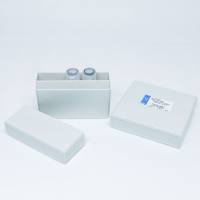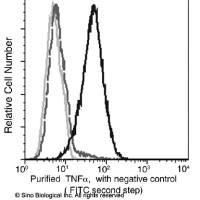Social Interactions in the Clinic and the Cage: Toward a More Valid Mouse Model of Autism
互联网
507
Autism spectrum disorders (ASDs) are characterized by impairments in communication, social interaction, and the presence of restricted and repetitive behaviors. Impairments in the capacity for social interaction include deficits in the use of nonverbal behaviors, failure to develop peer relationships, lack of motivation to share enjoyment with others, and lack of social reciprocity. This multidimensional diagnosis, both sophisticated and nuanced, contrasts sharply with our limited assessments of mouse “social behavior,” which typically involve measures of approach behavior. Our objectives here are to examine the deficits in social interaction in ASD, highlighting the role of affective and nonverbal communication, and then to provide the theoretical and empirical basis for expanding translation-relevant measures of impaired social interaction in mouse models. We ask whether diminished approach toward another mouse, the current behavioral paradigm for mouse models of autism, is sufficient to capture the nuanced social impairments featured in the autism diagnosis. We conclude that these tests should be complemented by assessments of mouse social reward, vocal communication, and mouse abilities to respond to the emotional cues of others. General protocols for several of these behavioral tests are presented.









